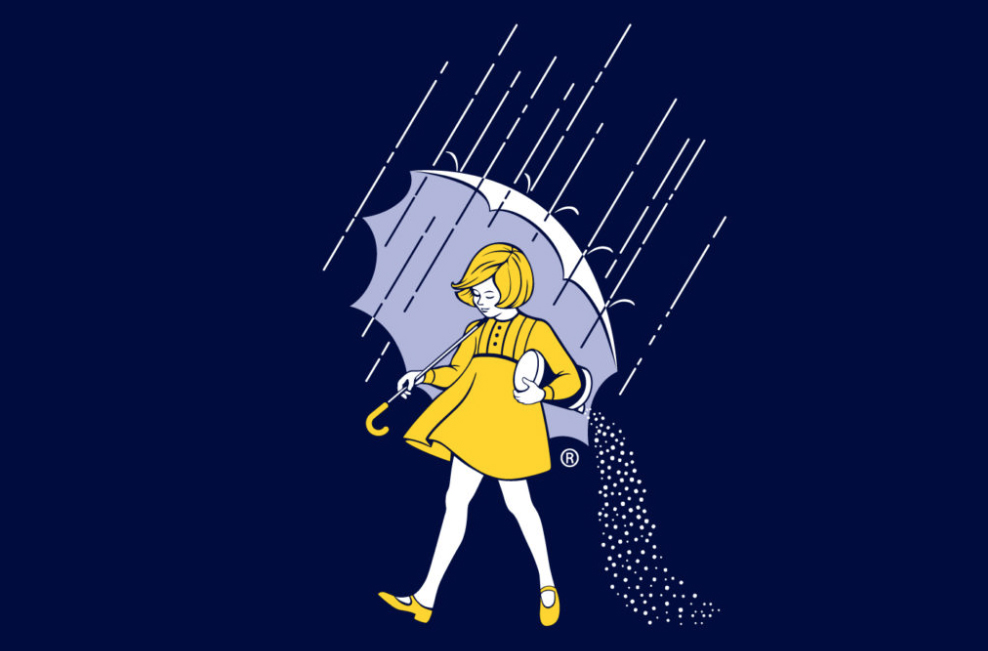The Morton Salt Girl helped Mike Gresch crystalize (forgive the pun) some innovative ideas to save both money and impacts on the environment. That iconic image of her with salt pouring out onto the ground in the rain made something click in his brain: “Brine could work great for us!”

Mike manages the Steve Brown Apartments in Madison, Wisconsin and owns a few of his own rental properties. Mike has been hard at work finding ways to reduce salt for both water softening and winter sidewalk maintenance. With his ingenuity Steve Brown Apartments is saving salt, improving winter maintenance, and protecting the environment. He’s always thinking about ways to work better. His efforts earned him an Environmental Leadership Award at the 2018 Road Salt Symposium, where he also spoke on reclaiming bitter brine.
In 2015, Steve Brown Apartments sent Mike to the annual symposium in Minnesota to learn better ways to make roads and sidewalks safe, while saving money and considering effects on water resources. One idea that stuck with him was about using brine on roads and sidewalks, to more evenly and efficiently distribute salt. Mixing salt with water — the Morton Salt Girl was ahead of her time. By reclaiming brine from the water softeners at the apartments, he can use the liquid on his city sidewalks and save money in the process.
Mike had already been working on improving the water softening system at the apartments, encouraged by a grant from the Madison Metro Sewage District that funded internet-connected sensor technology to help save on salt use in water softeners. To take full advantage of this technology, Mike researched how water softeners operate and he began to develop his own ideas of how to more efficiently use and reuse salt, both in the water softeners and on his sidewalks.
For one, he invested in a hydrometer, which measures chemical concentration in water. In his research he learned that the ideal concentration of salt for treating walkways is 25-30%. By reclaiming the brine from his water softeners and testing its salt concentration he can determine whether to add more salt or condense it.
For winter maintenance, Mike saves about one ton of salt per year by using recycled bitter softener brine for winter maintenance. If he did not reclaim the spent softener brine, it would go directly down the drain and pollute the river where it is discharged.
Mike continues to innovate. He is working on a way to evaporate the softener water to concentrate the brine and to semi-automate the capture process with a motorized ball valve and a conductivity sensor. He’d love to share his technology with other businesses so they can capture and sell excess brine.
In the midst of a winter inundating us with snow and icy roads, Mike is a great example of how we can consider and creatively manage our own salt use, and advocate for change in our communities.
Read about this year’s Road Salt Symposium, which took place on February 7, and check out this year’s awardees.
— By Connie Lanphear, communications and project manager